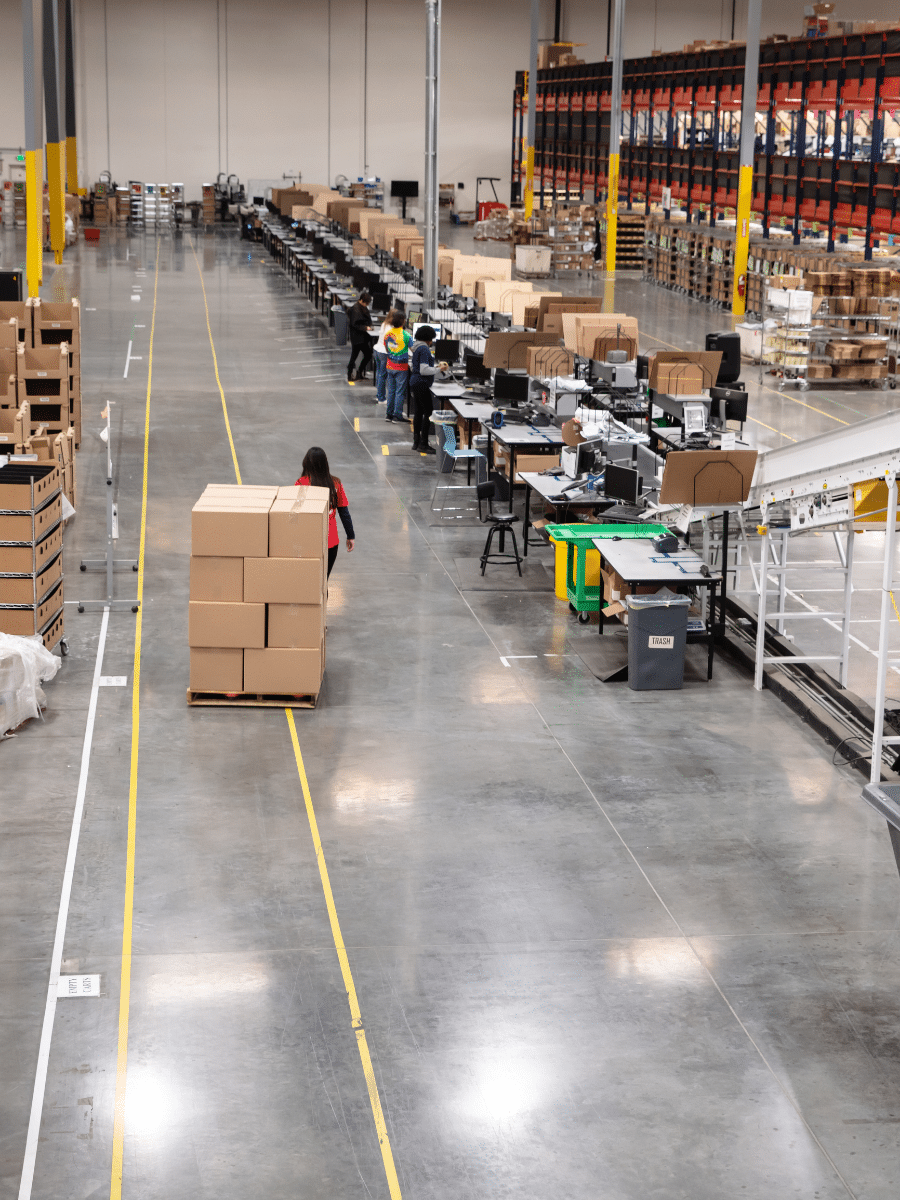Each business that deals with physical things relies on its warehouse. The profitability of a business may be made or broken by this crucial component of the supply chain. As a result, having a warehouse plan that is optimised to maximise production and efficiency is crucial. So where do you even begin? In this blog article, we’ll examine various methods for setting up a warehouse for maximum efficiency and speed. We’ll cover everything, including zoning, flow patterns, and the usage of machinery like conveyors or automated storage and retrieval systems. Let’s start now!
Zoning
Zoning is one of the most crucial methods for optimising the layout of your warehouse. Your warehouse will be zoned when it is divided into several sections according to the kind of goods or activity. A reception zone, a storage zone, a packing zone, and a shipping zone are a few examples. You may cut down on the time and labour needed to transport items from one location to another by organising your warehouse in this way. Your output and speed might therefore rise.
Flow Paths
Creating effective flow channels is a vital method for optimising the layout of your warehouse. Products move through your warehouse along flow patterns from reception to shipment. You may decrease the time it takes to transport items through your warehouse by developing flow patterns that minimise the distance travelled by products and maximise the use of available space. Your throughput can be increased, and your bottom line can be enhanced.
Technology
Ultimately, when it comes to optimising your warehouse architecture, technology may be a game-changer. Conveyors, robotic storage and retrieval systems, barcode scanners, and RFID tags are just a few examples of the numerous types of technology that may be employed in a warehouse environment. By utilising technology, you may improve efficiency and production while streamlining your processes and lowering mistakes.
In conclusion, optimising the architecture of your warehouse is crucial if you want to maximise production and efficiency. You can design a streamlined and organised warehouse that not only increases operating efficiency but also keeps you one step ahead of your competition by implementing methods like zoning, flow pathways, and technology.
Keep in mind that the layout of your warehouse should be determined by the demands, aims, and objectives of your particular organisation. Analyse your present warehouse plan, pinpoint any areas that might require improvement, and make the necessary adjustments. Your warehouse will continue to satisfy changing company demands if you regularly analyse and modify your plan.
A well-optimised warehouse may ultimately help you lower expenses, boost throughput, and improve customer happiness.



